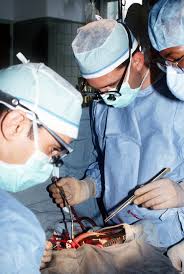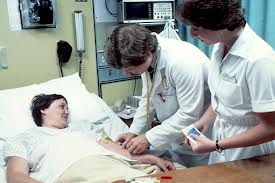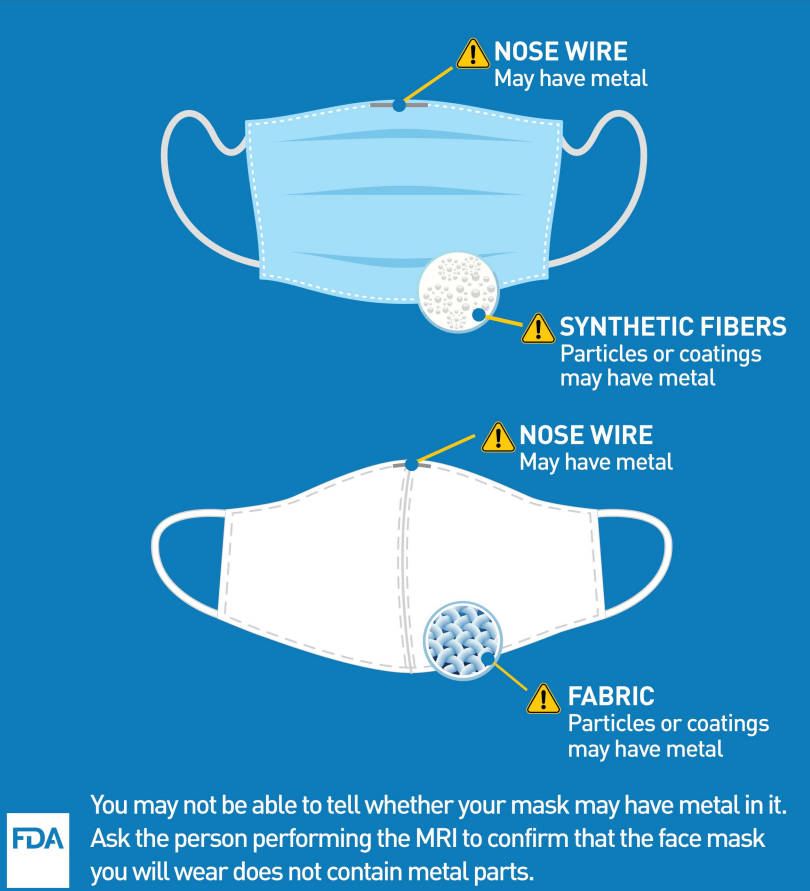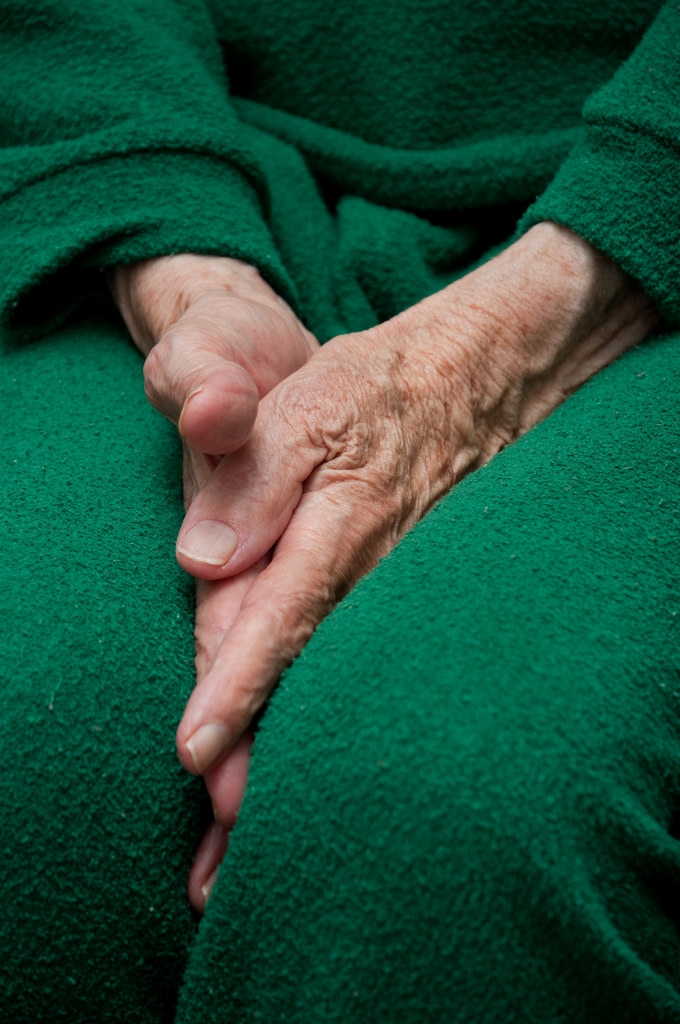Only 4 Hospitals in New York State made it to the Money and The Leapfrog Group “Best Hospitals in America” List
 While too many hospitals in the US are sacrificing patient safety for profit, a small number of them are dedicated to focus on healthcare safety and quality.
While too many hospitals in the US are sacrificing patient safety for profit, a small number of them are dedicated to focus on healthcare safety and quality.
NYU Langone Hospitals in New York, NY, Gouverneur Hospital in Gouverneur, NY, White Plains Hospital in White Plains, NY and NYU Langone Hospital Long Island in Mineola, NY are the only 4 hospitals in New York state that have been included in the Best Hospitals in America compiled by Money and the Leapfrog Group.
The Leapfrog Group is a nonprofit organization helping consumers to make informed decision. To be part of the list, hospitals that previously received a A grade from a previous assessment went through an additional assessment of 39 performance measures in the 7 following categories:
 New York Personal Injury Attorneys Blog
New York Personal Injury Attorneys Blog









